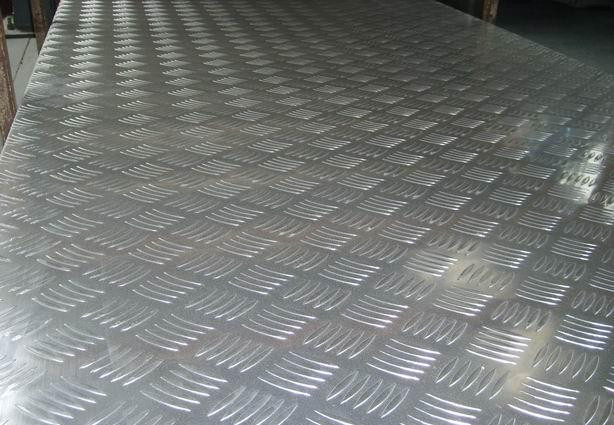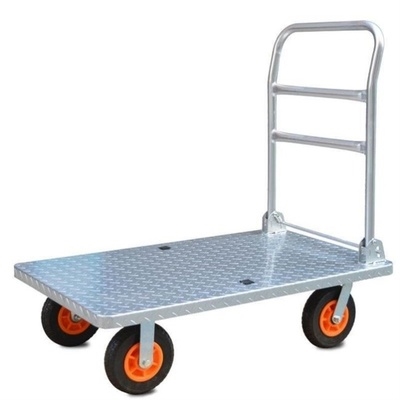Introduction
Aluminum tread plate, also known as checker plate or diamond plate, is a versatile material widely used in various industries for its durability, strength, and aesthetic appeal. Among the different grades of aluminum tread plate, 6061 and 3003 stand out as popular choices, each offering unique properties suited for specific applications.
Composition and Properties
6061 aluminum tread plate is alloyed with magnesium and silicon, imparting excellent strength and corrosion resistance. It is favored for structural applications where durability and load-bearing capacity are paramount. In contrast, 3003 aluminum tread plate primarily contains manganese, offering good formability and corrosion resistance. While not as strong as 6061, 3003 is more malleable, making it ideal for decorative and non-structural purposes.

Strength vs. Formability
The choice between 6061 and 3003 aluminum tread plate often boils down to the trade-off between strength and formability. 6061 excels in applications requiring high strength and structural integrity, such as truck beds, trailers, and industrial flooring. On the other hand, 3003 is preferred for projects prioritizing formability and ease of fabrication, including interior design, signage, and decorative trim.
Corrosion Resistance
Both 6061 and 3003 aluminum tread plates offer good corrosion resistance, albeit with slight differences. While 6061 provides superior resistance to corrosion in harsh environments, 3003 exhibits excellent resistance to atmospheric corrosion and is well-suited for indoor and outdoor applications where exposure to moisture is a concern.
Applications
6061 aluminum tread plate finds widespread use in heavy-duty applications where strength and durability are critical, such as construction, transportation, and manufacturing. Its high load-bearing capacity makes it indispensable in structural components and industrial machinery. Conversely, 3003 aluminum tread plate is popular in decorative and architectural applications, including interior design accents, signage, and household appliances, where aesthetics play a significant role.

Conclusion
In conclusion, the choice between 6061 and 3003 aluminum tread plate hinges on the specific requirements of the application. While 6061 offers superior strength and durability for structural applications, 3003 provides excellent formability and corrosion resistance, making it an attractive option for decorative and non-structural projects. Understanding the distinct properties of each grade empowers engineers, architects, and manufacturers to select the most suitable aluminum tread plate for their needs, ensuring optimal performance and longevity in diverse applications.


